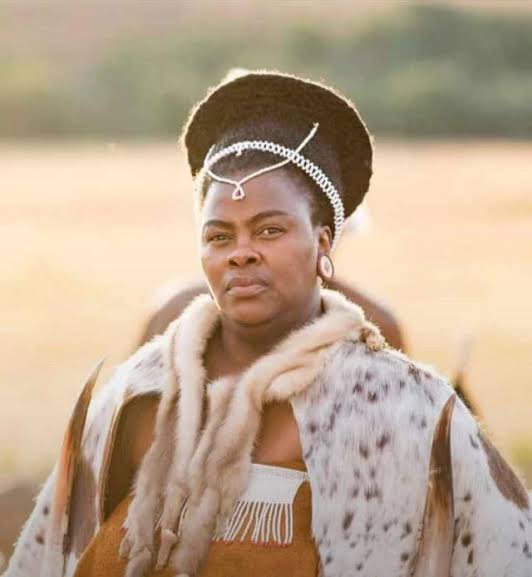1. THE MAFALA CHIEFTAINCY OF ZVISHAVANE 🇿🇼
We have covered the Gwebu & Ngungumbane chieftaincies of Buhera Mberengwa East, respectively. Today we will look at yet another chieftaincy that was uprooted from Matabeleland, the Mafala chieftaincy which is found Zvishavane.
We have covered the Gwebu & Ngungumbane chieftaincies of Buhera Mberengwa East, respectively. Today we will look at yet another chieftaincy that was uprooted from Matabeleland, the Mafala chieftaincy which is found Zvishavane.

2. The Mafala chieftaincy in Zvishavane originates from the Indinana regiment which was held by the Matshazis in Mzilikazi's Ndebele state.
Mbungwana Matshazi, son of Nyanzamakhanda had an alliance with the Ndwandwe people in the early 1800s.
Mbungwana Matshazi, son of Nyanzamakhanda had an alliance with the Ndwandwe people in the early 1800s.

3. Mbungwana later shifted his allegiance alliance to the Khumalos of Matshobana and it was him who led the Matshazis into present day Matabeleland under King Mzilikazi Khumalo. 

4. Mfangilele Matshazi succeeded his father Mbungwana who had become a chief of Indinana which in Matabeleland was located not far from Mhlahlandlela. This was prior to its relocation to the Insiza River, at its confluence with Indida River. 

5. Chief Mfangilele Matshazi's first wife was Memezi Nzima, a daughter of Sithiba. Later on he married the daughter of King Mzilikazi by the name of Nsimukhulu. MaNzima's house became a junior house. The oldest son of Nsimukhulu, Ntembuzane thus took over as chief of Indinana. 

6. He took precedence over his elder brother born to MaNzima.
The succession was thus retained within the Ntembuzane line, he being succeeded by Mafala who in turn was succeeded by Jobe. The chieftaincy in Zvishavane is thus named after Mafala Matshazi.
The succession was thus retained within the Ntembuzane line, he being succeeded by Mafala who in turn was succeeded by Jobe. The chieftaincy in Zvishavane is thus named after Mafala Matshazi.

7. The other chiefs co-existing with Chief Mafala in the Zvishavane area are Chiefs Mazvihwa, Masunda, Mapanzure and Wedza. The area has about 19 rural wards.
8. Chief Jobe Matshazi who succeeded Mafala Matshazi was born on the 25th December 1928 and became chief in 1958 when the chieftaincy and its subjects migrated from Insiza to Zvishavane, then called Shabani. He was killed in 1979 during the liberation war. 

9. When others were forced to move to Shabani to pave way for white farmers and miners, some of the Matshazi people and subjects refused to go there but instead opted to go to Lupane. 

10. It is from Mfangilele Matshazi's wife MaNzima's house that the Goduka headmanship in Lupane District was established in 1957.
Thus Indinana is unique in that from a single ixhiba it yielded both an existing chieftainship in Zvishavane and a headmanship in Lupane.
Thus Indinana is unique in that from a single ixhiba it yielded both an existing chieftainship in Zvishavane and a headmanship in Lupane.
11. The current Chief Mafala - Jongilizwe Matshazi was installed as a chief in his area aptly called Ndinaneni at Mabhetshula Village in Zvishavane in 1990. Ndinaneni has homesteads of the Dlaminis, Khumalos, Hlambelos, Msizas, Ndatshanas etc
12. The late veteran educationist Professor Meshack Jongilanga Matshazi affectionately known as 'MJ' was a prominent and respected Zimbabwean hailing from the Matshazi clan. The Matshazis are also dotted around Nkayi, Lupane, Fort Rixon & other parts of Matabeleland & Midlands. 

13. In future we shall discuss the migrations of more Ndebele communities from Fort Rixon under Chief Mazetese to Mberengwa & other groups that migrated to Masvingo. This explains the existence of Ndebele communities in those areas often called Amadingindawo or Madinga in short. 

• • •
Missing some Tweet in this thread? You can try to
force a refresh
















